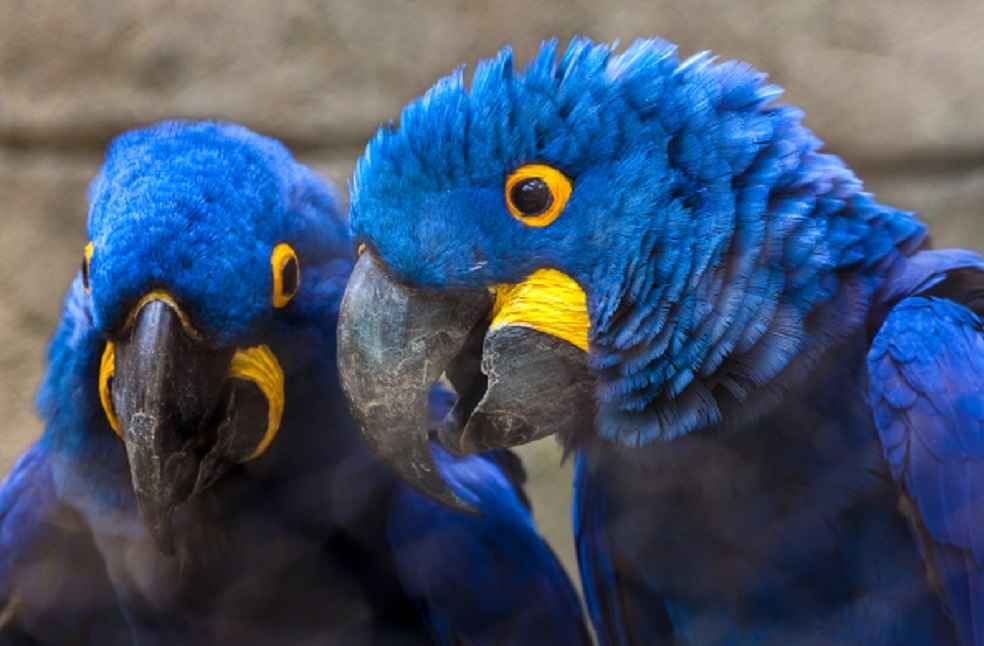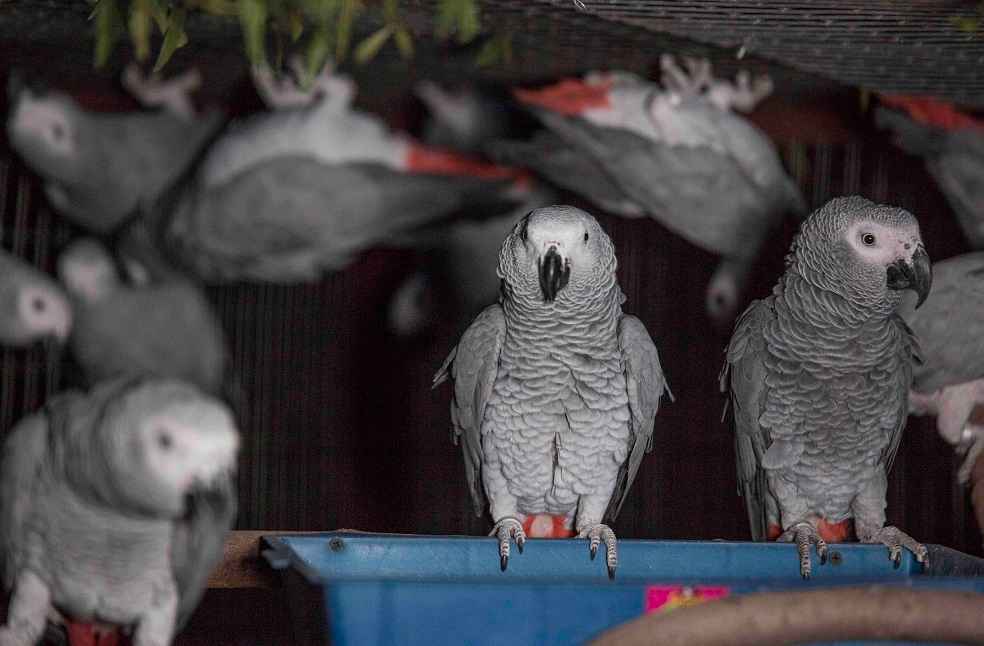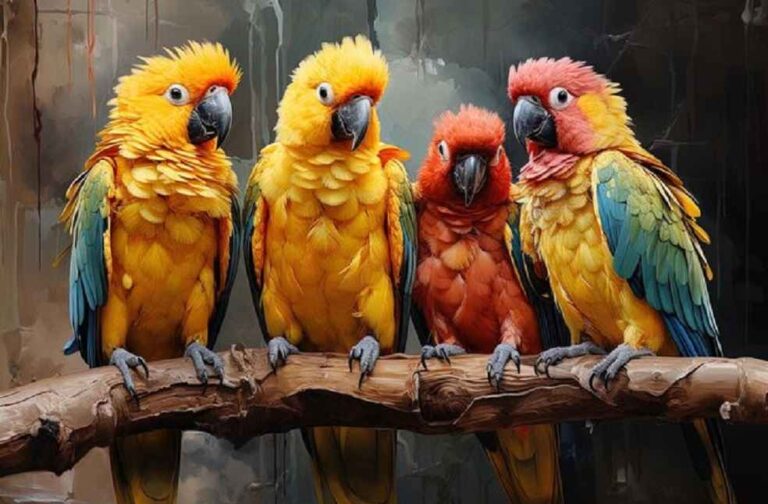A recent study highlights the need to regulate the parrot breeding industry, specifically the commercial breeding of threatened parrots, to prevent further harm to wild populations. Conducted by the World Parrot Trust and World Animal Protection, the research calls for stricter regulations to ensure that the trade in captive-bred parrots does not negatively impact conservation efforts.
The global trade in captive-bred parrots is surging rapidly, with countries like China poised to ease production laws and South Africa actively breeding endangered species. These developments raise concerns about potential risks to wild parrot populations.
Published in Conservation Biology, the study found that commercial captive breeding is not a simple solution to reducing pressure on wild populations. Lead author Alisa Davies noted, “In recent years, captive breeding of parrots for the exotic pet trade has increased dramatically.”

Before 1990, most parrots in trade were wild-caught. Since then, the trade in captive-bred parrots has increased, with exports rising from 60,000 in 1990 to over 500,000 by 2020. South Africa plays a major role, with large-scale breeding facilities exporting parrots globally, driven by technological advancements and shifting consumer preferences.
However, the study identified risks, including rising demand for wild parrots and the spread of diseases. Parrots often suffer poor welfare conditions during transport and sale due to their demanding care needs.
Senior author Rowan Martin stressed the complexity of the issue, warning of unintended consequences. “essential to consider the cross-linkages between trade of different species to avoid inadvertently facilitating illegal and unsustainable trade,” he said.
The study, which examined 16 threatened parrot species, found that the effectiveness of captive breeding in reducing wild-sourced demand varies by species and context. It also raised concerns about illegal trade through laundering.

The trade has severely impacted species like the grey parrot and Spix’s macaw, with some driven to extinction in the wild. Despite the increase in captive-bred parrots, illegal practices continue, as seen in South Africa’s previous role as a major importer of wild grey parrots before stricter regulations were introduced in 2016.
Neil d’Cruze, co-author and head of wildlife research at World Animal Protection, urged policymakers to reconsider parrot farming as a conservation tool. “Our study highlights that the rapid expansion of parrot farming and potential loosening of trade restrictions for some highly endangered species taking place in some countries risks worsening conservation challenges,” he said.
With over 200 breeding operations registered under CITES, the rapid growth of the parrot trade highlights the need for stronger regulations to prevent unintended consequences and ensure positive conservation outcomes.
POLICY & LAW | Egypt Backs Macron’s Call to Halt Arms Exports to Israel for Gaza Use



